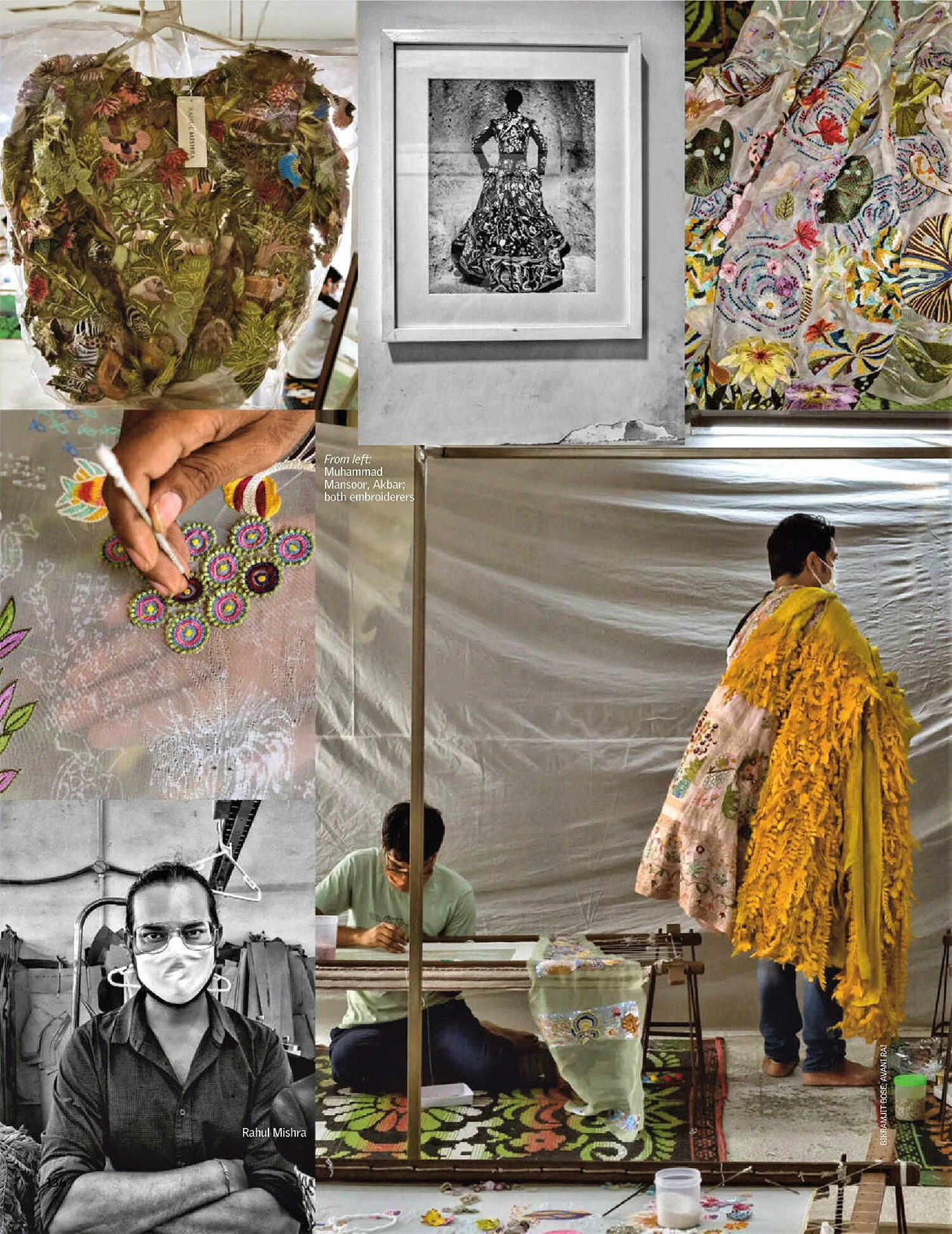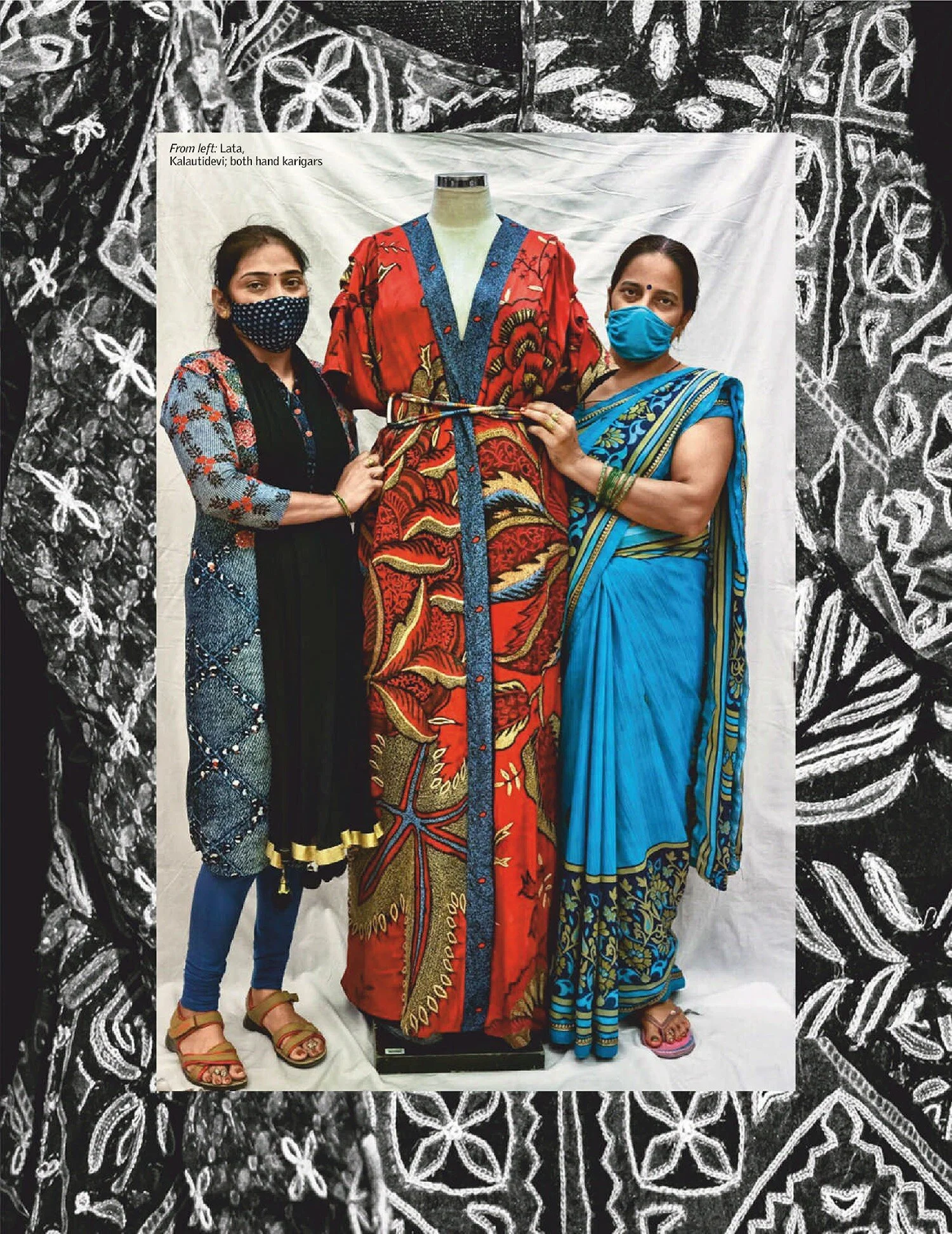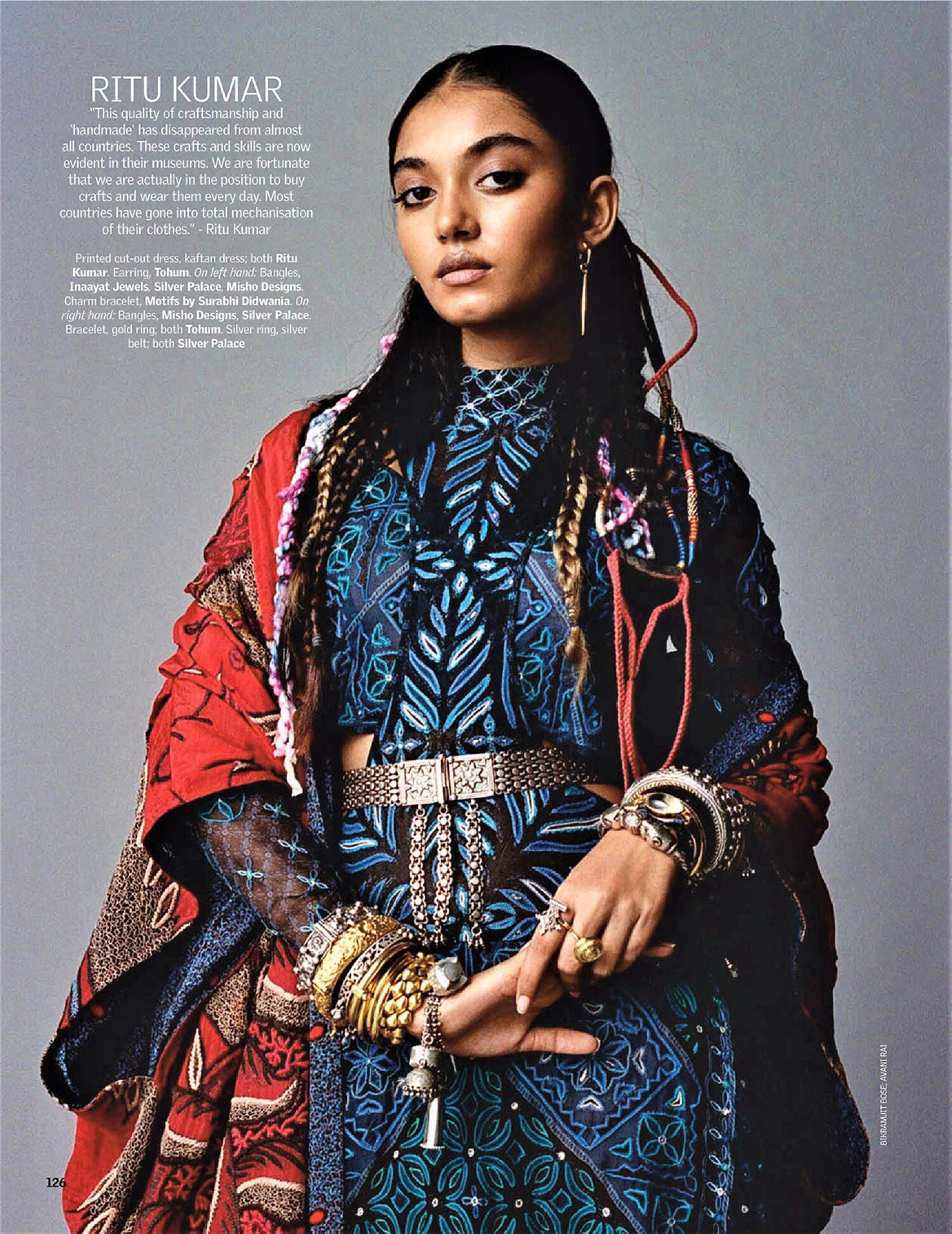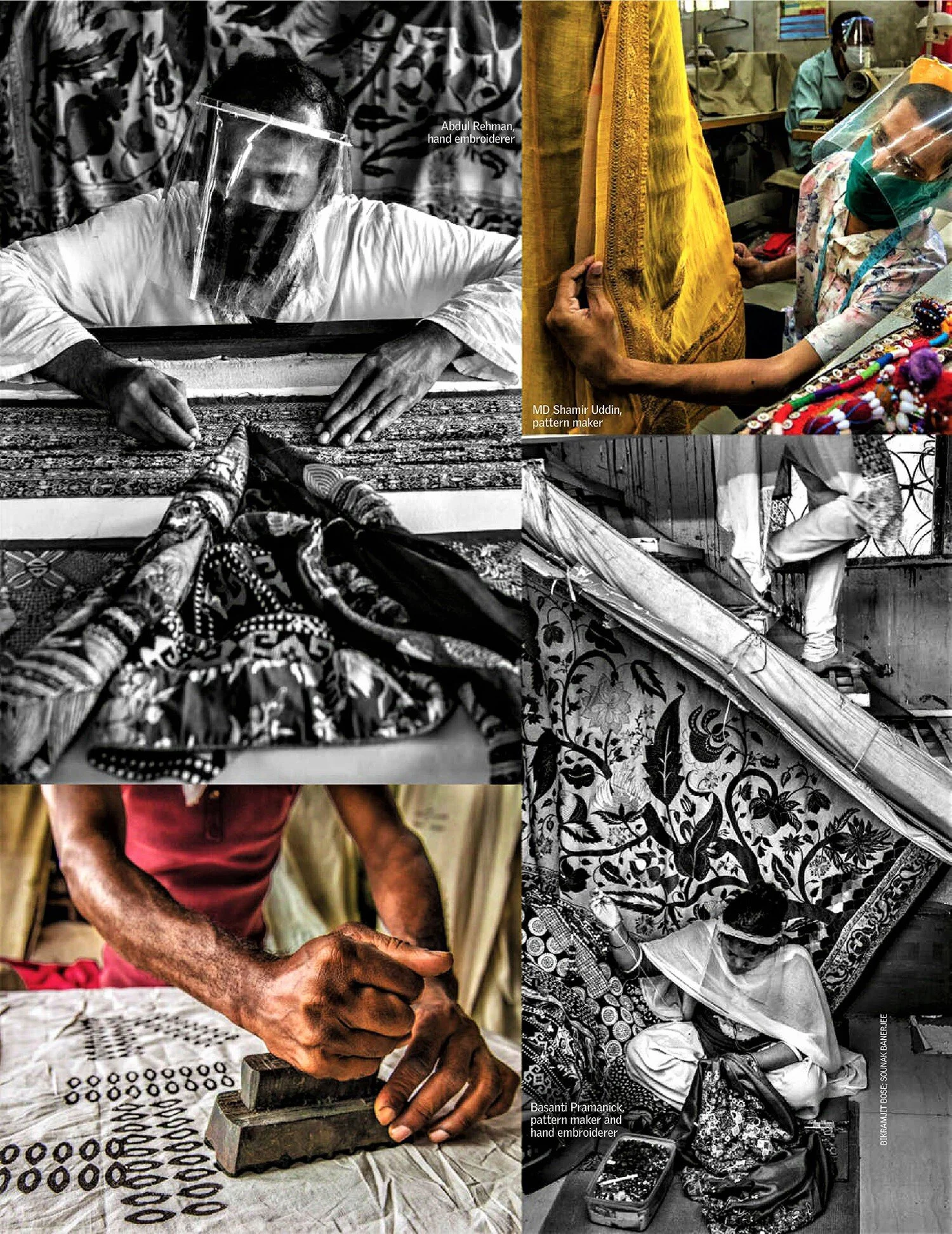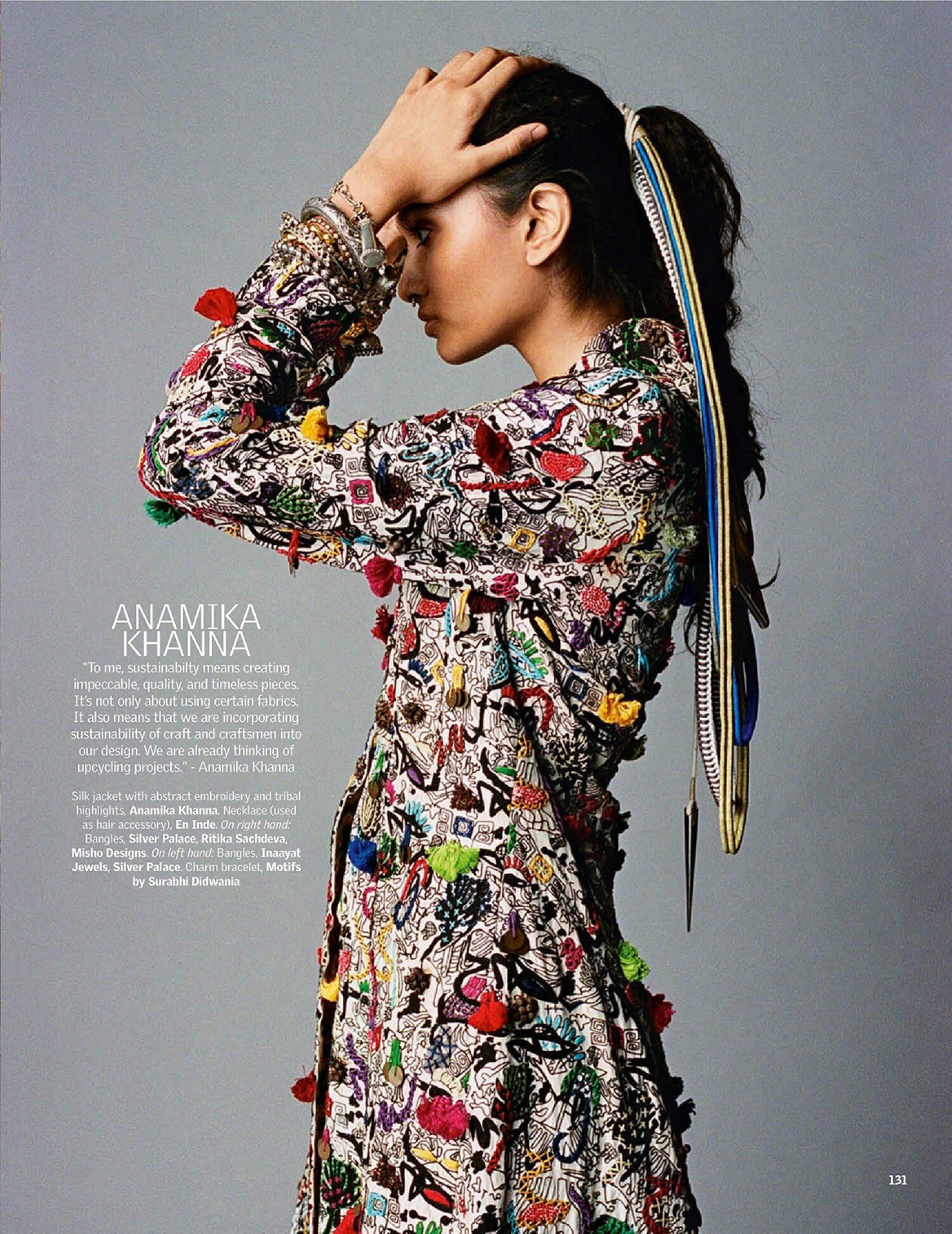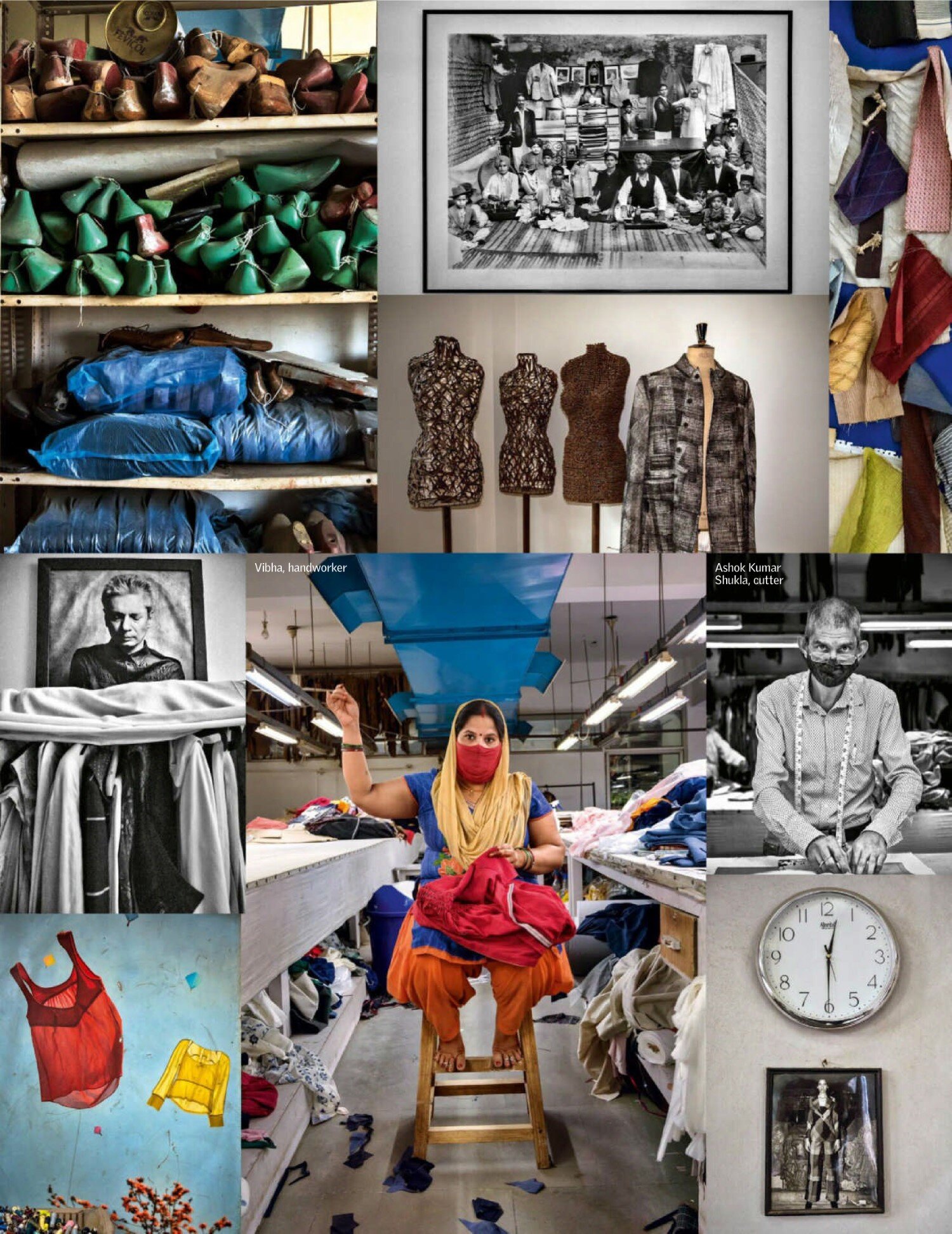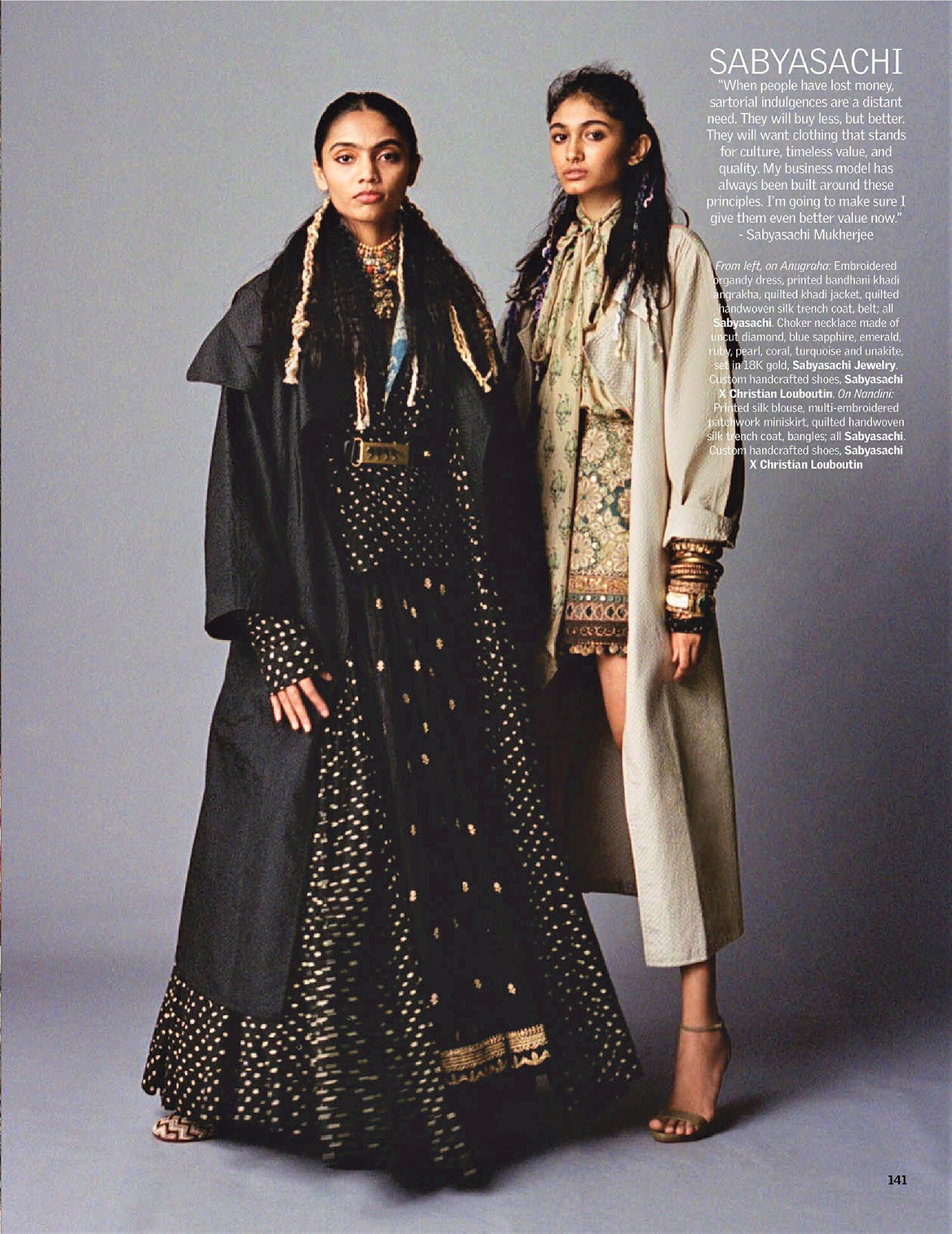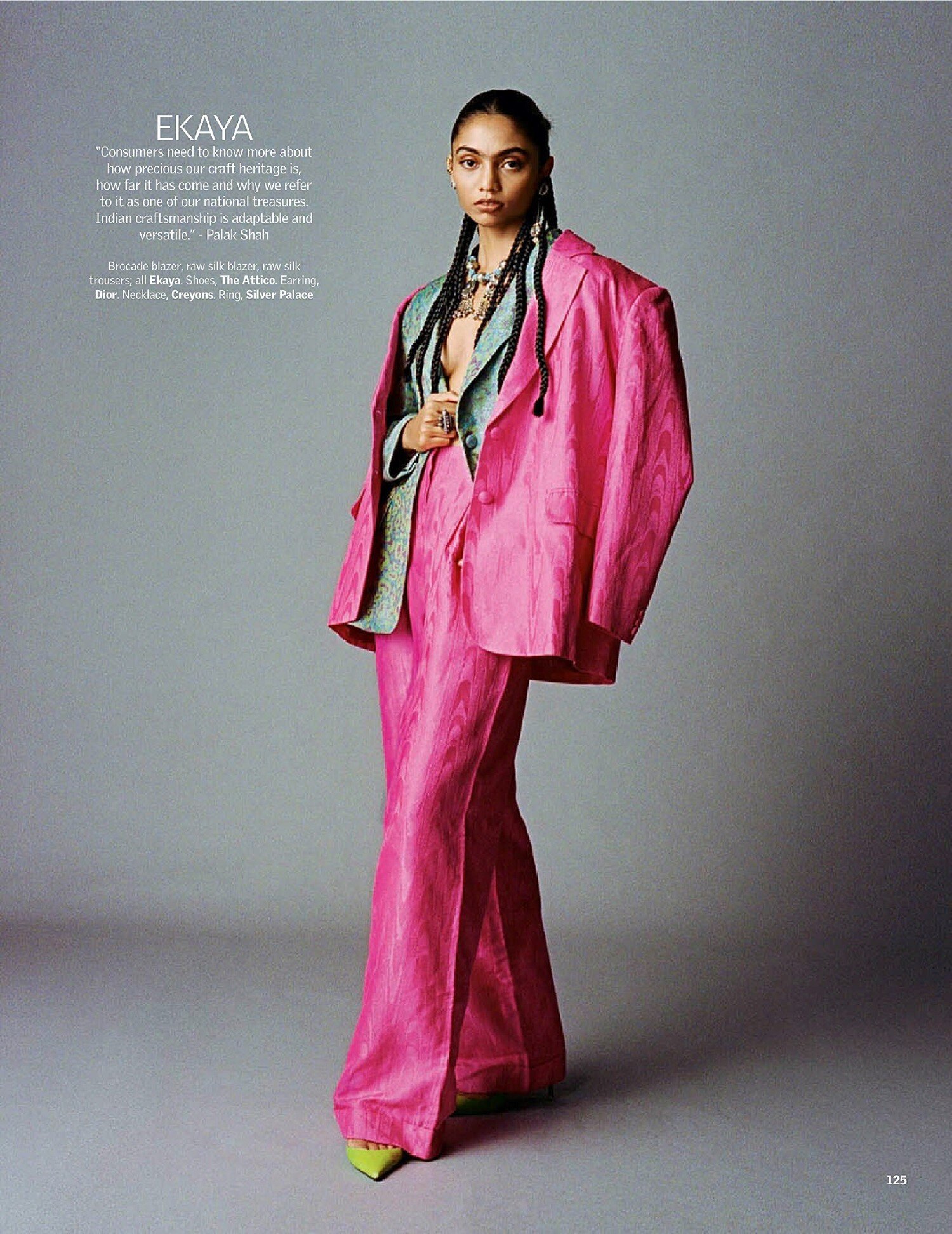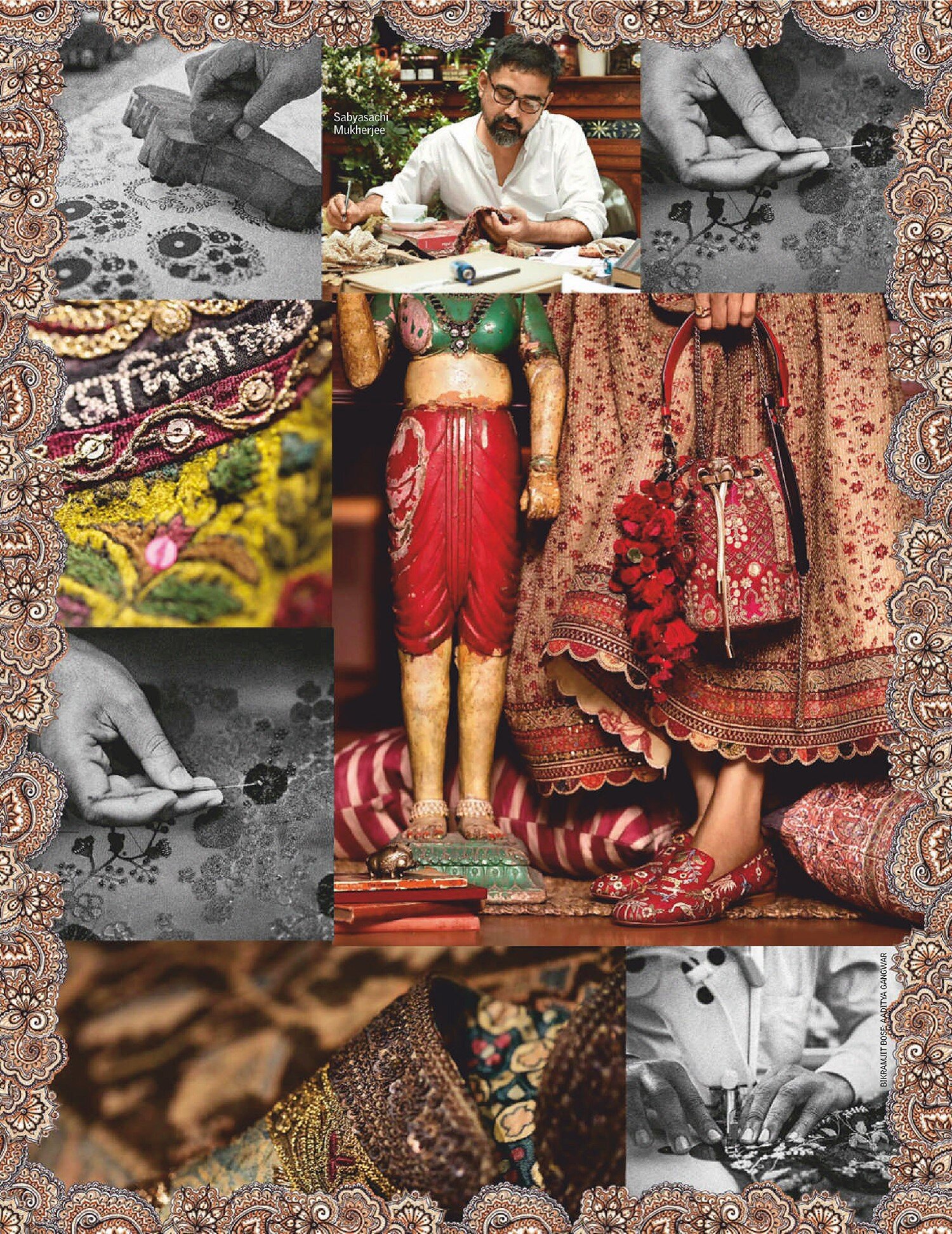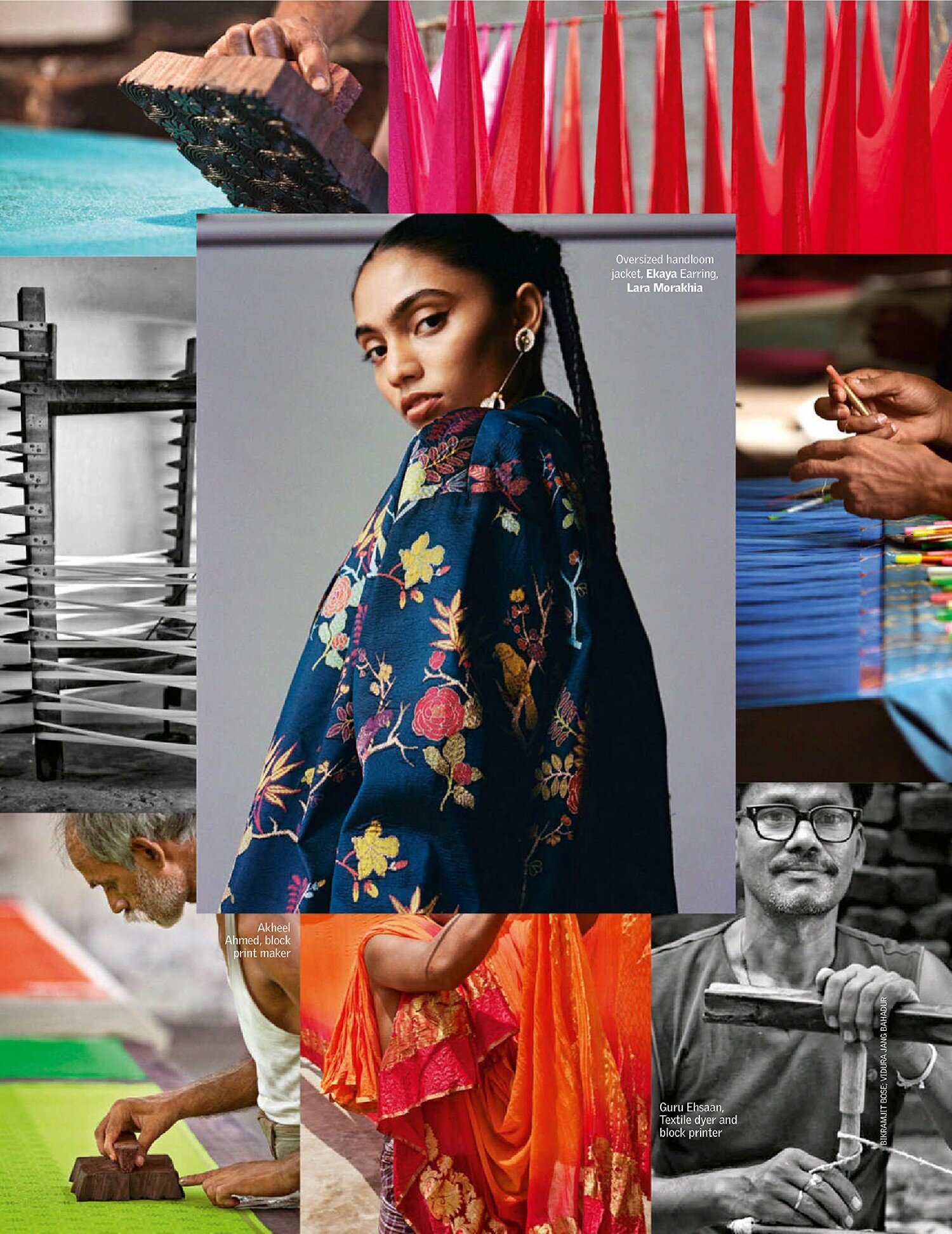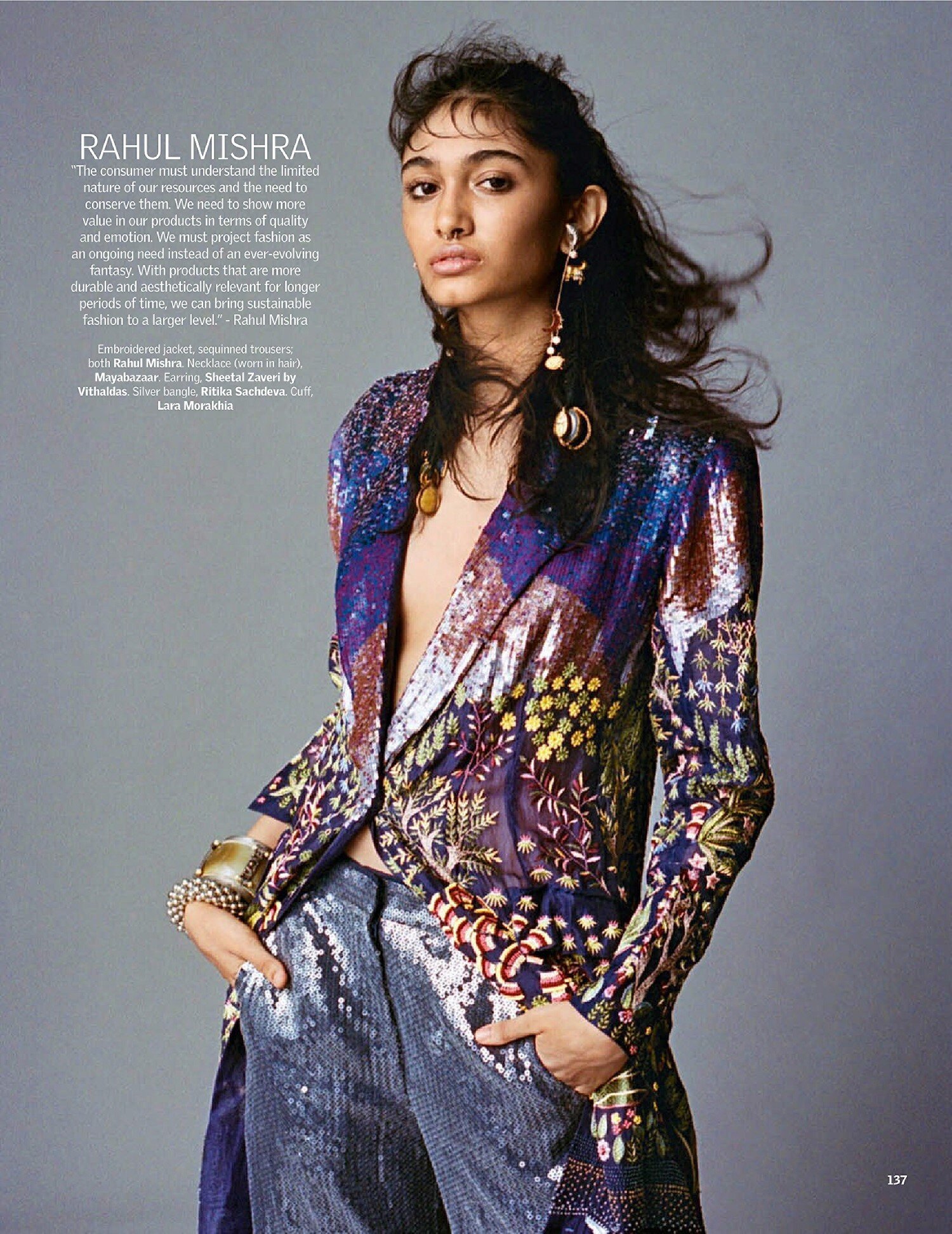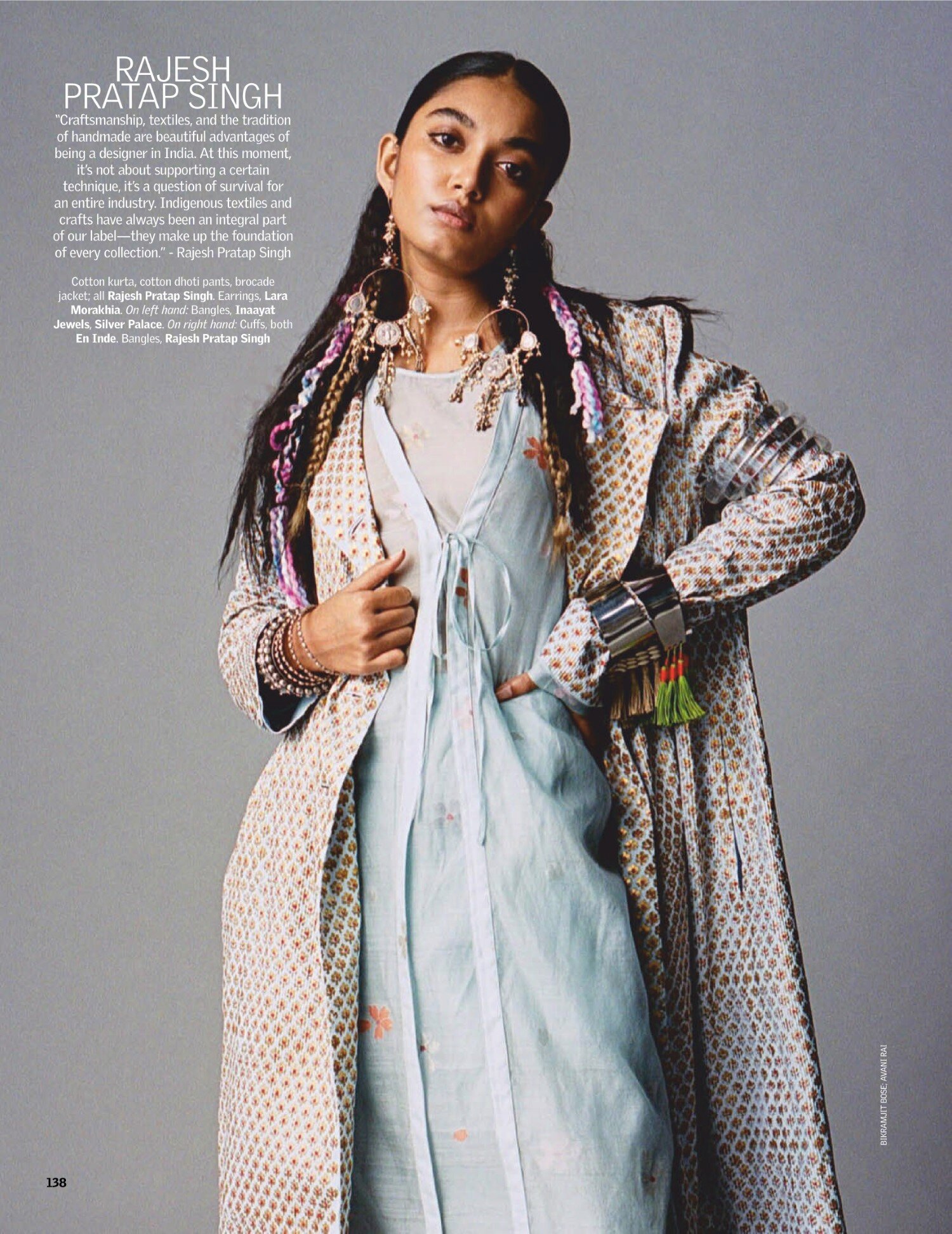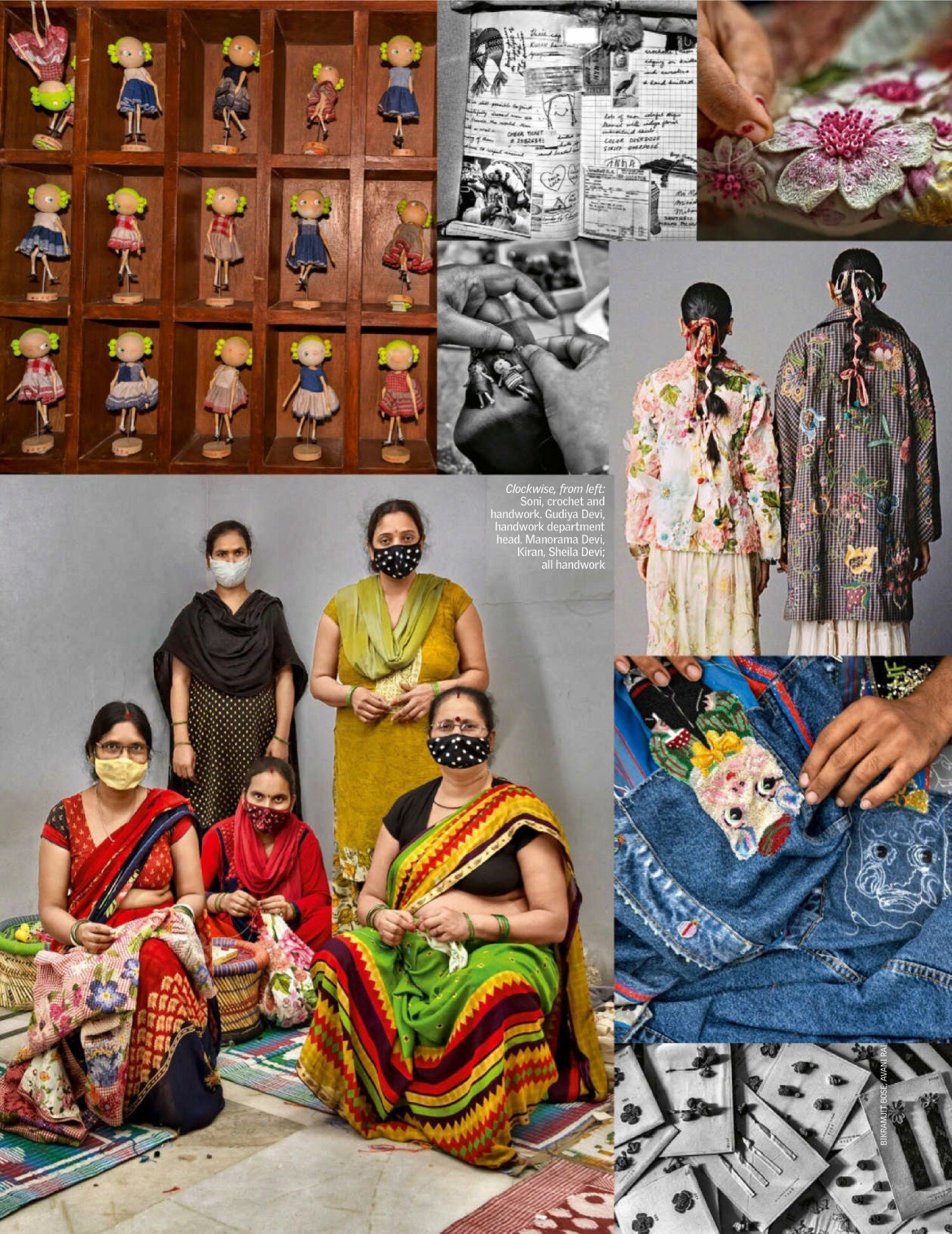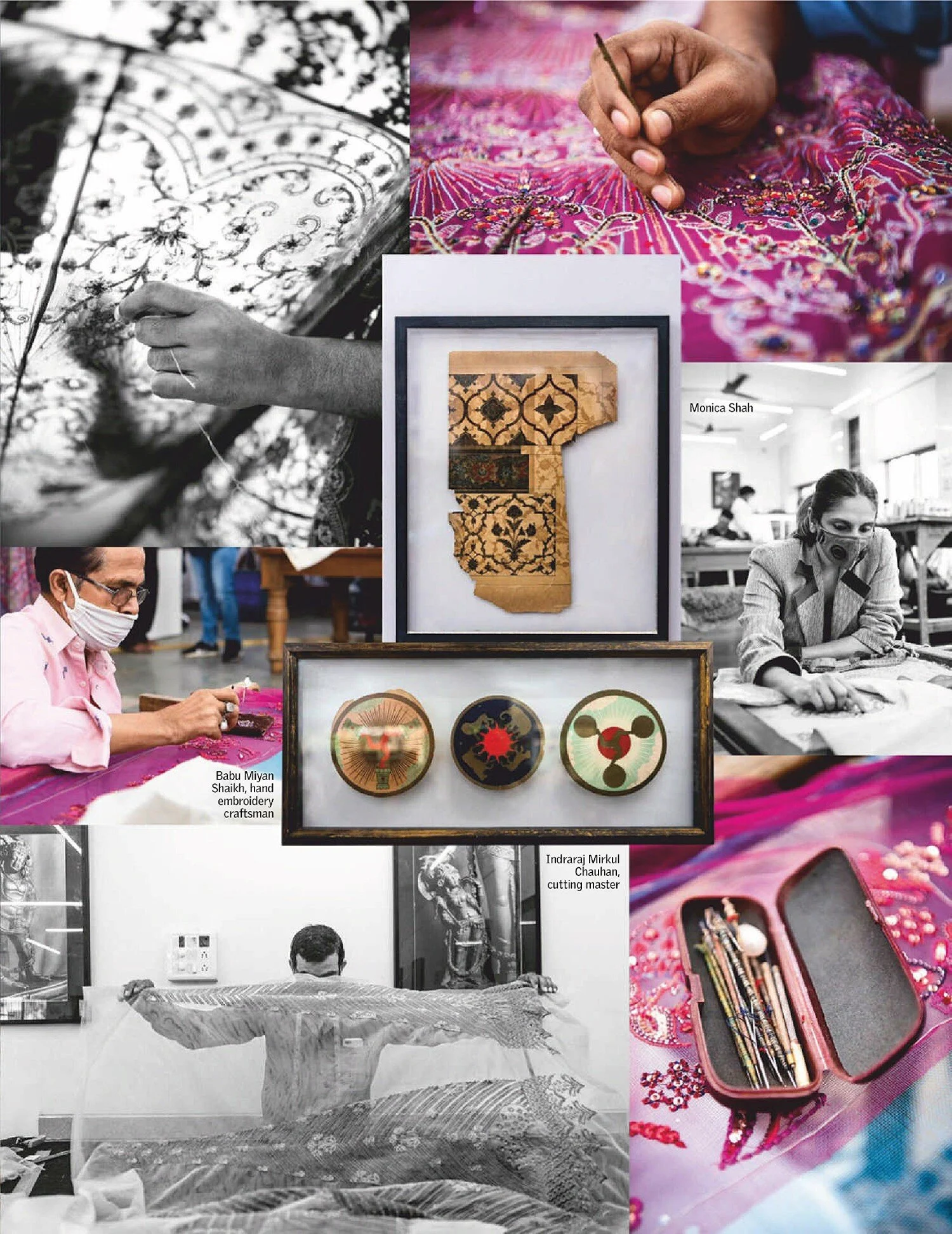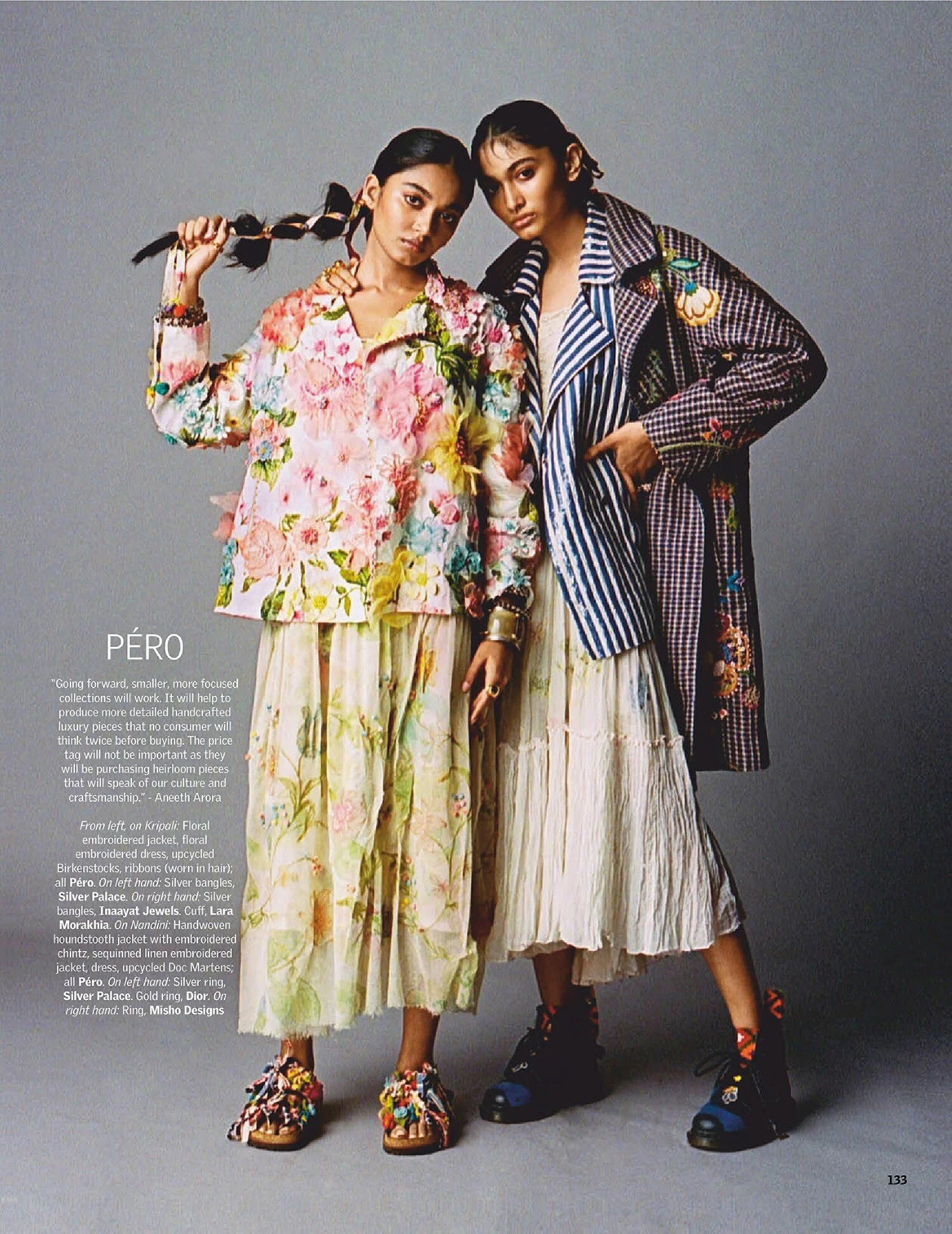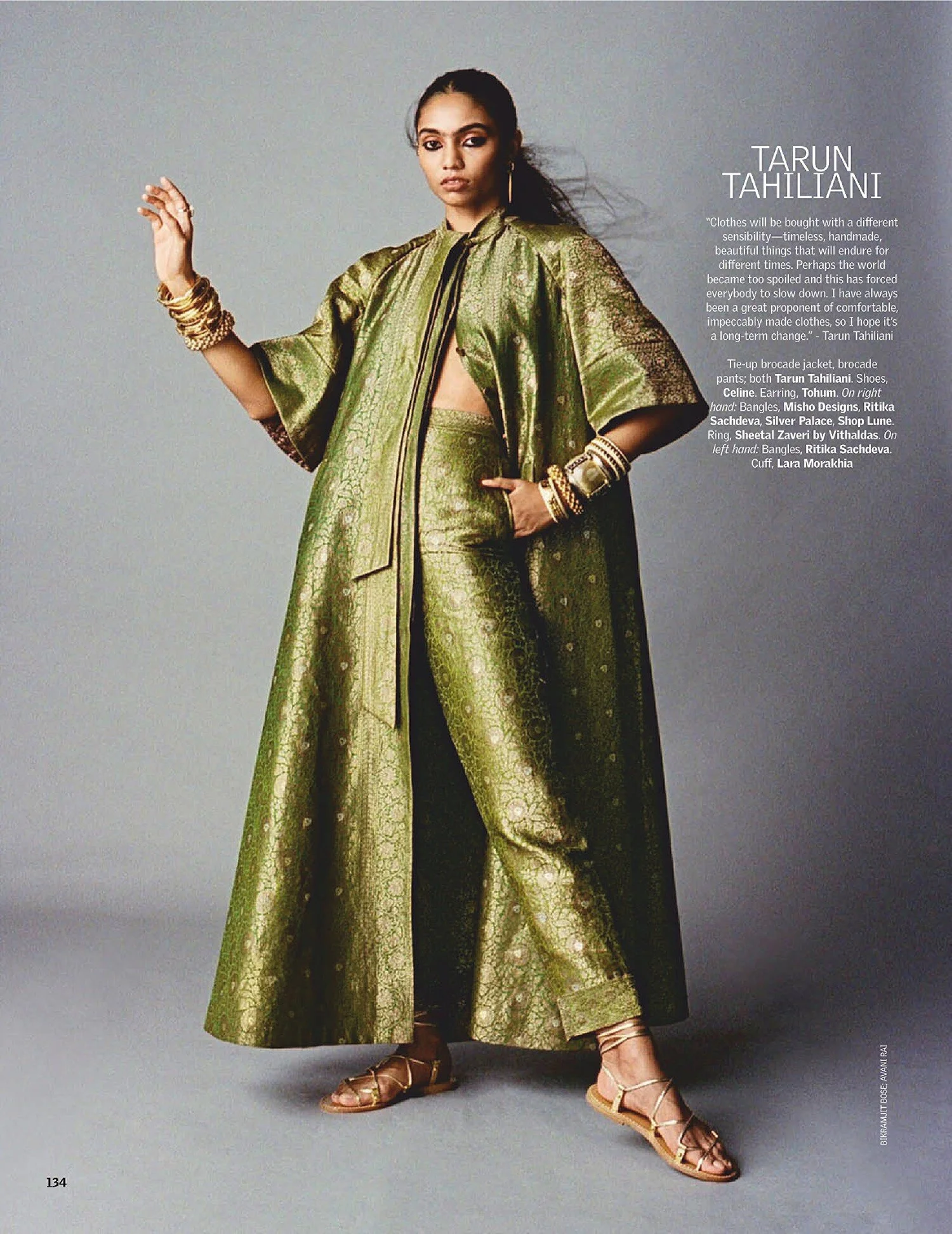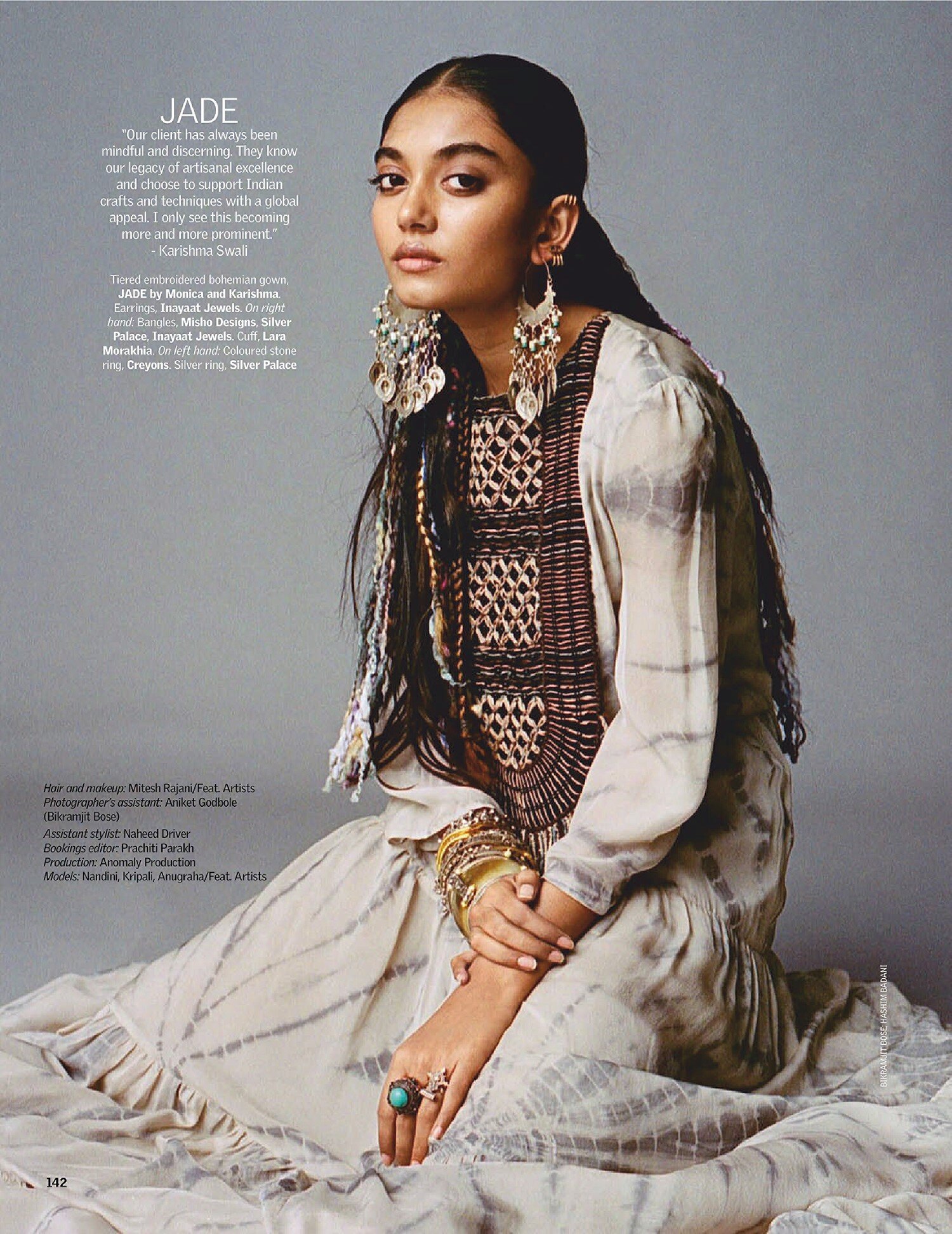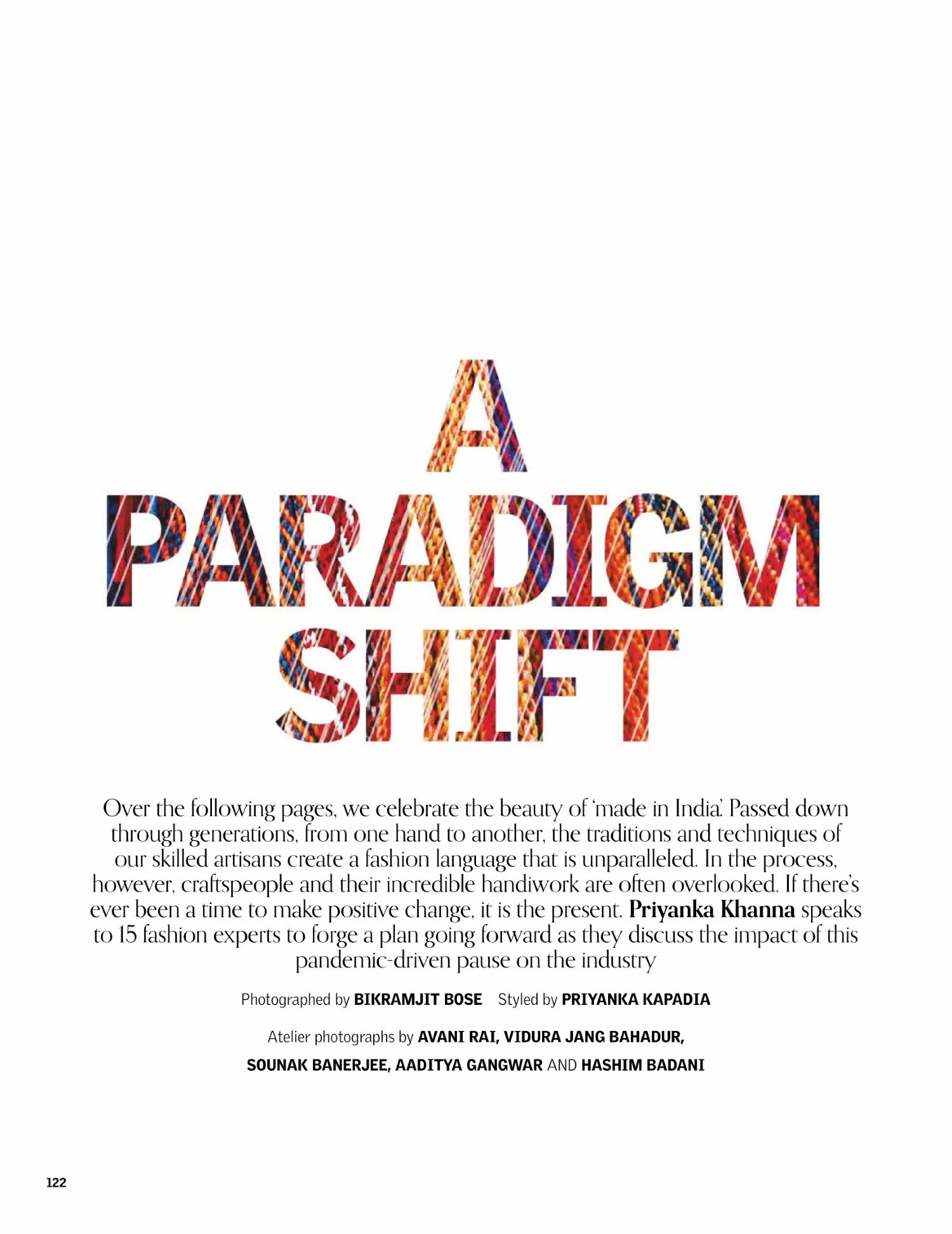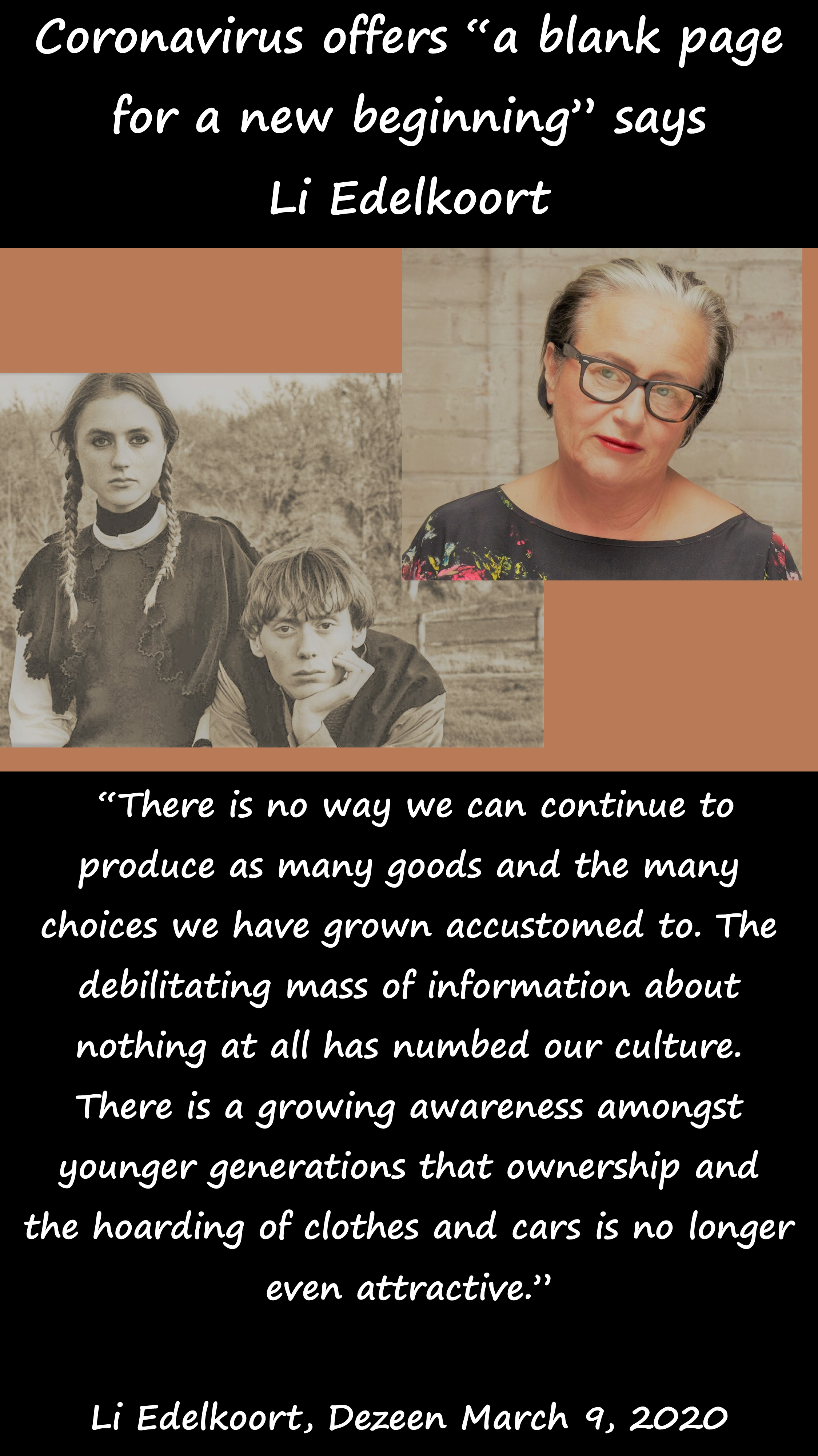Vogue India 'A Paradigm Shift' Explores Future of Craftsmanship in Post COVID-India
/In October 2020, Vogue India explored ‘A Paradigm Shift’, the impact of COVID-19 on India’s apparel industry in general and the future of craftsmanship in general in this new world.
As India becomes increasingly more important in the world of fashion —and especially after Dior’s landmark pre-fall show in Mumbai at the end of March 2023 — AOC is revisiting the significance of Indian craftsmanship at the historic French brand. We will issue a new overview of post-Covid India’s progress and problems — and also its long history of producing stunning craftsmanship — springing forward from 2020.
A totally new topic is emerging in recent months and that is the trade routes intersection between India and Africa — and specifically North Africa and East Africa.
For example on April 27, 2023 Hyperallergic featured a story “Stone Buddha Found in Egypt Sheds Light on India’s Influence.” The statue provides evidence of Indian trade relations with the Ancient Roman Empire by way of Egypt.
In the fall 2020 article, Prihanka Kapadia celebrated the beauty of ‘made in India’ with heavy emphasis on India’s incredible handiwork. She spoke to 15 fashion experts about their plans going forward, as they discussed the impact of our new pandemic-driven pause on India’s fashion industry.
Bikramjit Bose photographed the fashion images, styled by Priyanka Kapadia. Models include Nandini, Kripali, and Anugraha at Feat Artists. Atelier photographs are by Avani Rai, Vidura Jang Bahadur, Sounak Banerjee, Aaditya Gangwar and Hashim Badani. / Hair and makeup by Mitesh Rajani
A 2019 McKinsey report estimated that by 2022 the Indian apparel industry would be worth nearly US$60 billion — a fashion lovers fantasy at this point. Instead, the New York Times wrote last week: Coronavirus Crisis Shatters India’s Big Dreams.
The Indian economy has shrunk faster than any other major nation’s. Researchers and policy experts fear that as many as 200 million people could slip back into poverty, according to some estimates.
Designer Ritu Kumar offers hope: “This quality of craftsmanship and ‘handmade’ has disappeared from almost all countries. These crafts and skills are now evident in their museums. We are fortunate that we actually are in the position to buy crafts and wear them every day. Most countries have gone into total mechanisation of their clothes.”
Palak Shah agrees: “Consumers need to know more about how precious our craft heritage is, how far it has come and why we refer to it as one of our nation’s treasures. Indian craftsmanship is adaptabole and versatile.”
Take Your Times, Simplify and Think Responsibly
In this moment, it’s much easier to walk our idealistic talk about conscious consumption and sustainability. But the designers interviewed by Vogue India echo the same, consistent refrain. Anamika Khanna says: “What I do gives meaning to my life. I’m able to tell my story, but also connect to so many.”
Filmmaker and designer Manish Malhotra focuses on practical learnings in his new COVID-19 world. “I’ve realized the importance of taking breaks. I also found time to look into my archives, which is going to set the tone for my next collection. Malhotra also shot his first campaign, leaving him so impacted by the overwhelming response that it “made me realize my mistake of not shooting all my pieces before.”
Working responsibly has been on Sabyasachi Mukherjee’s mind: “We can’t treat businesses as a hosue of cards. We need to be careful of scale and keep a check on rapid and irresponsible growth.” Tarun Tahiliani also echoes the need for simplicity and a slower pace. “We were running too fast, travelling too fast, overly hectic and in a state of sensory overload Being in touch with ourselves leads to better choices,” Tahiliani adds.
